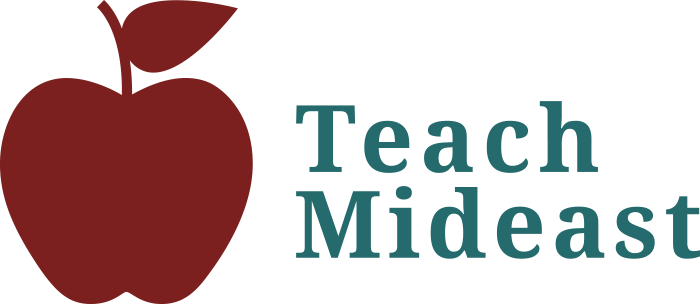Support TeachMideast
Make a Donation
Your generous contributions help make TeachMideast, and our efforts to educate and provide high-quality information on the Middle East and North Africa, a reality. Help support the students and educators in your community by clicking the button below.

